The Human-Technology Partnership in Clinical Decision-Making

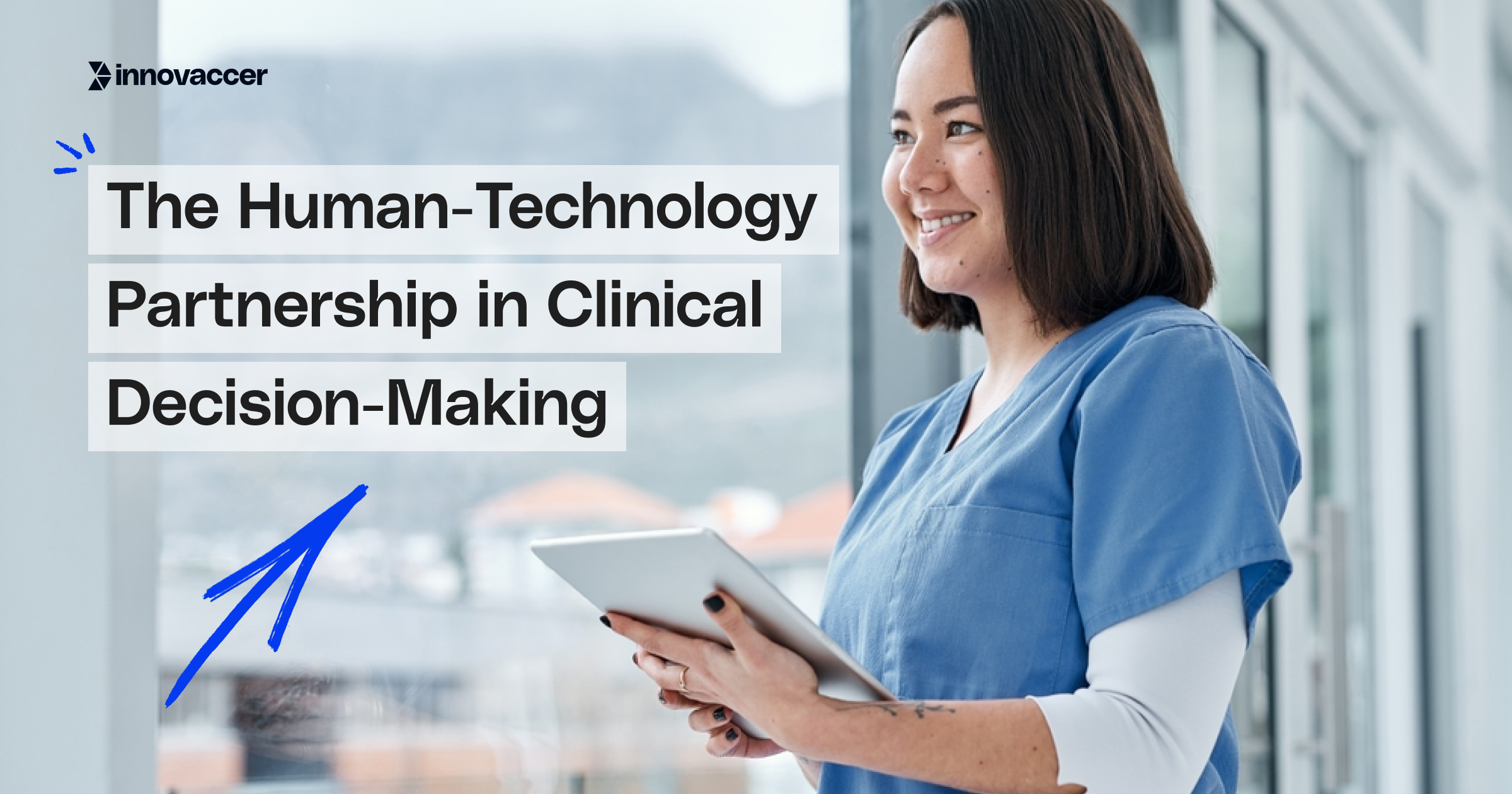
Reflecting on the last decade, different epidemics, pandemics, natural calamities, and other emergencies have compelled healthcare organizations to focus on revamping disease monitoring and building more interconnected solutions. The World Economic Forum states that the only way to be truly prepared is to “buy time” against disease risks and outbreaks as quickly as possible, before they escalate into a major health crisis.
However, disease monitoring and treatment planning entail their own risks, which require healthcare professionals to devote uninterrupted time and energy to making the right clinical decisions for their patients. But do we always have this much time on our hands? Not always.
Artificial intelligence has the potential to be a smart support tool that works behind the scenes alongside clinicians, enhancing their judgment and expanding their capabilities beyond what they could’ve achieved independently. Here are a few ways how AI can aid humans in better disease diagnosis and patient management, saving cost, time, and resources.
1. Diagnostic Support
Disease diagnosis requires utmost precision and attention from physicians when identifying the root cause of an injury or illness. Human diagnostic processes are vulnerable to cognitive biases, fatigue, and knowledge limitations, entailing the maximum number of risks for a physician. Even experienced clinicians struggle to be up-to-date with rapidly expanding medical literature, with specialized knowledge resources being stuck in fragmented systems.
Contemporary AI models offer top-level assistance to physicians in clinical decision-making with the help of their remarkable capabilities in diagnostic support:
- Machine learning models process different datasets such as patient histories, clinical notes, laboratory values, genetic information, and current symptoms to suggest accurate diagnoses.
- They provide specialty-focused assistance, such as analyzing X-rays, MRIs, and CT scans for a radiologist to save time in image analysis.
- Their pattern recognition capabilities enable earlier condition detection, often identifying subtle signals in electronic health records before symptoms become clinically apparent.
2. Treatment Planning
Treatment planning determines the correct approach to treating a patient’s illness, focusing on the condition, treatment goals, different options, potential side effects, and expected duration.
With accurate diagnosis in place, the AI-enabled CDSS assists physicians in creating a comprehensive treatment plan to optimize cost, time, and resources. The AI systems leverage predictive modelling for treatment forecasts, suggest smart recommendations, and offer personalized medicine with optimum dosage suggestions. By conducting thorough research on treatment guidelines, medical research, clinical trials, genetic profiles, and comorbidities, the systems tailor treatment approaches for every patient. Modern capabilities also enable the identification of any adverse effects of treatments and medicine dosages so that these can be predicted well in advance and rectified.
3. Risk Assessment and Prevention
Both disease detection and treatment planning are executed with two critical priorities in mind: assessing possible risks to the patients based on their diagnosis and modifying treatment plans to prevent any harm or complications in the future. Healthcare operations have always been reactive, addressing issues as and when they arise instead of planning ahead of time. Lack of tools to analyze the exponentially increasing healthcare data delays clinical decision-making, leading to sporadic risk monitoring and inconsistent application of any preventive care measures.
Advanced AI models are converting reactive care to proactive care by identifying at-risk patients before any deterioration in their health. The systems leverage real-time monitoring to detect any subtle deterioration patterns and enable targeted interventions before they occur. This helps in better planning of physicians, equipment, and other resources for such cases or treatment modifications to reduce complexities.
4. Clinical Workflow and Documentation
Clinical documentation handles every piece of paperwork critical to the patient care journey, playing an equally important role in ensuring timely care coordination and proper treatment planning. However, it entails manually managing vast repositories and extracting relevant information from them, making the process very prone to errors. The information overload contributes substantially to professional burnout, with physicians navigating data silos across multiple disconnected systems.
Smart systems leverage voice recognition and natural language processing techniques to extract relevant data efficiently. They prioritize cases based on acuity, urgency, and resource availability to ensure that the most critical patients receive prompt attention. The tools create unified patient views with easy access to complex data under one umbrella and optimize scheduling, staffing, and facility utilization according to case-by-case requirements.
Also Read: What Makes an AI-Powered Pre-Visit Brief So Effective?
5. Patient Monitoring and Management
Patient monitoring involves tracking patient health, identifying potential issues, and modifying treatment plans according to their treatment progression. Traditional methods focused on checking up on patients within a stipulated time, missing out on any clinical deterioration symptoms until any significant decompensation occurs.
Thanks to the cutting-edge monitoring devices, doctors can administer continuous patient evaluation using wearable monitors and connected health devices, making real-time notifications in instances of any departure from anticipated recovery trends. These remote capabilities also offer hospital-level tracking for patients treated at home as well as proactive intervention wherever needed.
A Collaborative Healthcare Partnership For The Future
This new era in healthcare enables a thoughtful integration of technology with human excellence. Physicians become empowered to showcase their empathy, ethical reasoning, and contextual understanding with AI systems helping them at every step of the way. These systems can handle routine analytical tasks while amplifying human expertise, creating a cognitive partnership that exceeds what either could achieve independently.
The clinicians will always remain the ultimate decision-makers, but they will have enhanced perception, expanded knowledge, and improved consistency with the help of the modern capabilities of AI systems. Innovaccer’s AI-powered solutions can offer a collaborative partnership to your healthcare organization, improving clinical outcomes and care quality. To know more, book a demo today.

.png)




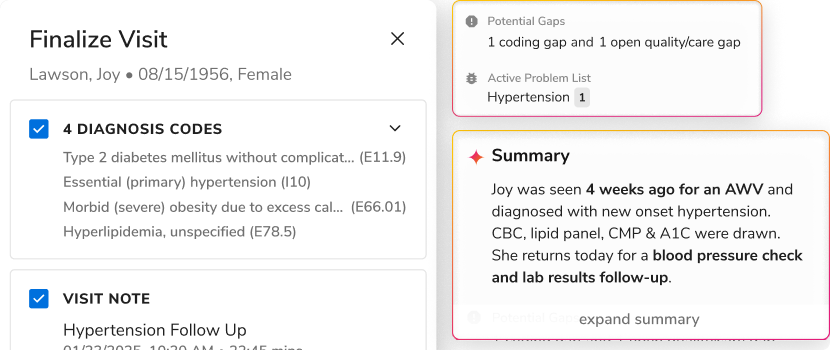
.png)

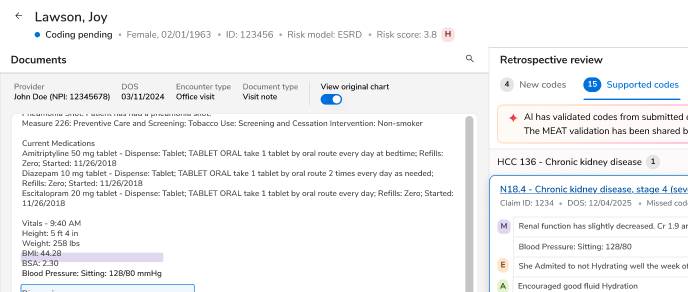
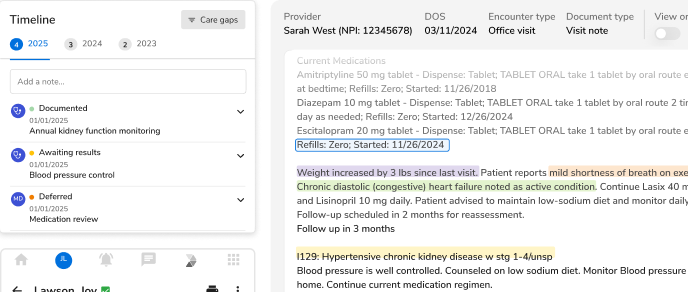
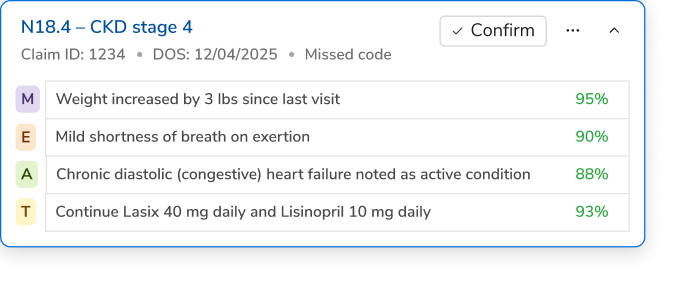





.svg)
.svg)

.svg)

